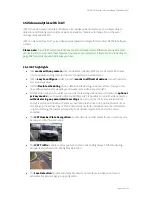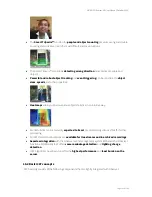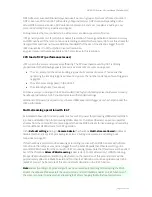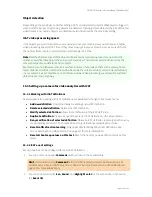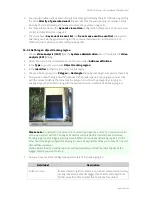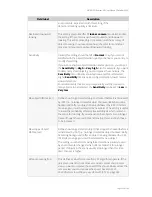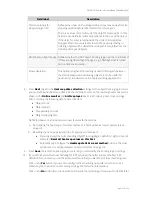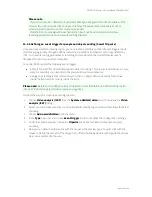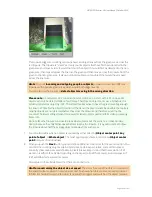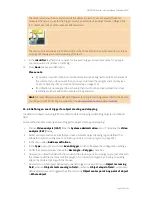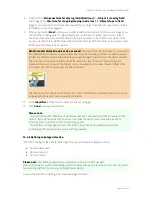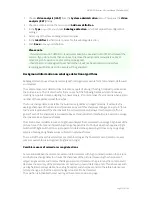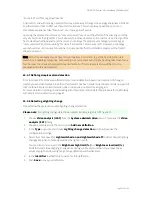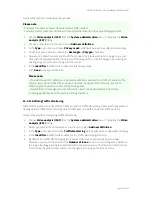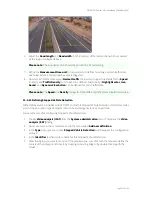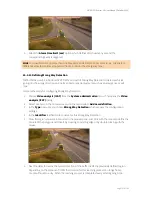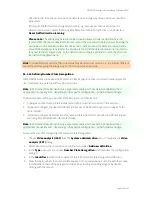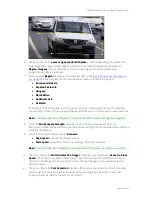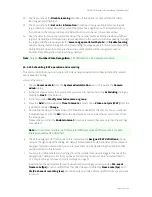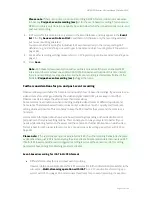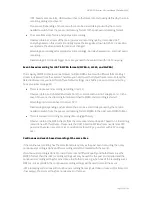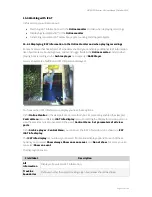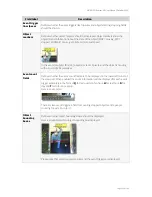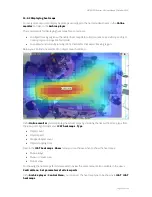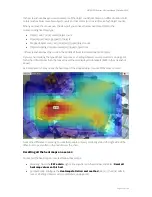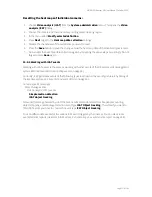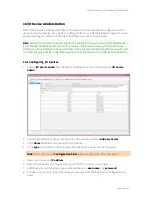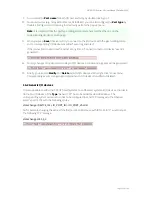
NETAVIS Observer 4.6 User Manual (October 2015)
Page 154 of 204
Please note
:
- If you add a new iCAT definition, it will automatically be assigned to all iCAT schedules of the
camera. If you do not want that, you have to remove the assignment manually (see
15.3.15
Scheduling iCAT operation and recording
on page 160).
- If a definition is not assigned to a schedule then it will not be activated and no archive
recordings will be made and no events will be generated.
15.3.9 Defining Face Detection
Since NETAVIS Observer 4.4.0 iCAT supports Face Detection. The functionality can be used to detect
and count faces in a video stream. Optionally it is also able to provide age and gender information of
people.
Here are the steps for configuring Face Detection:
1.
Choose
Video analysis (iCAT)
from the
System administration
menu. This opens the
Video
analysis (iCAT)
dialog.
2.
Select a camera in the camera tree and in the menu select
Add new definition
.
3.
In the
Type
pop-up menu choose
Face detection
, which will expose the configuration settings.
4.
In the
Identifier
text field enter a name for this Face detection.
5.
Choose whether you want a
Polygon
or
Rectangle
shape by checking the respective check box.
6.
Now you can draw the region with the mouse in the preview pane. For a polygon you just click
with the mouse to define the corners of the polygon. You close the polygon by crossing an
existing edge or by double clicking with the mouse.
7.
Check or uncheck the
Age and gender detection
checkbox depending on the requirements
Hint
: For more details on using NETAVIS Observer for face detection please refer to the
Face
Detection with iCAT
White Paper available in the
documentation section
of our
website
.
15.3.10 Defining a privacy mask
Privacy masks allow hiding private areas of a camera view from live viewing and recording.
This is an example of a privacy mask hiding the text on the carpet:

